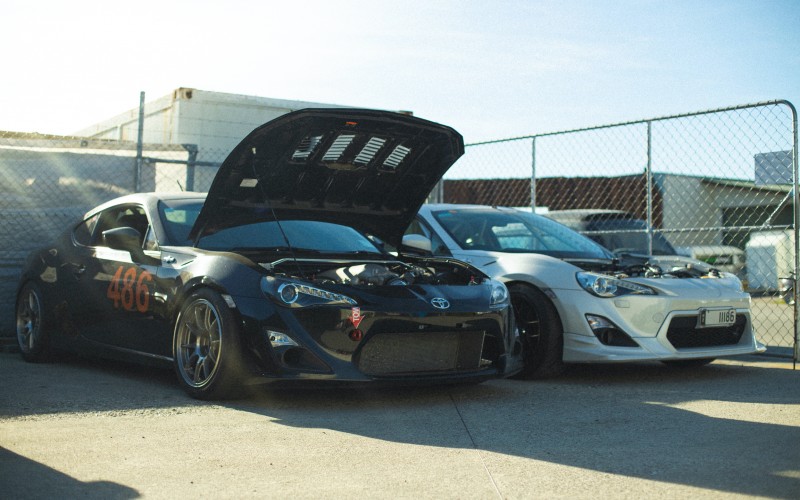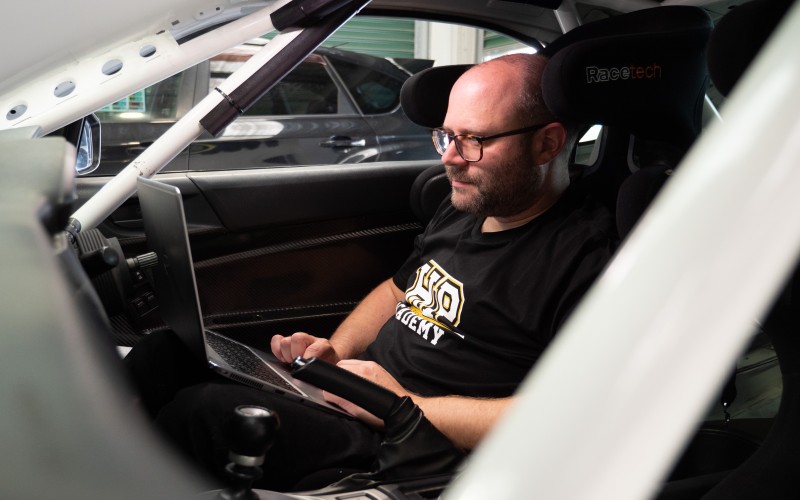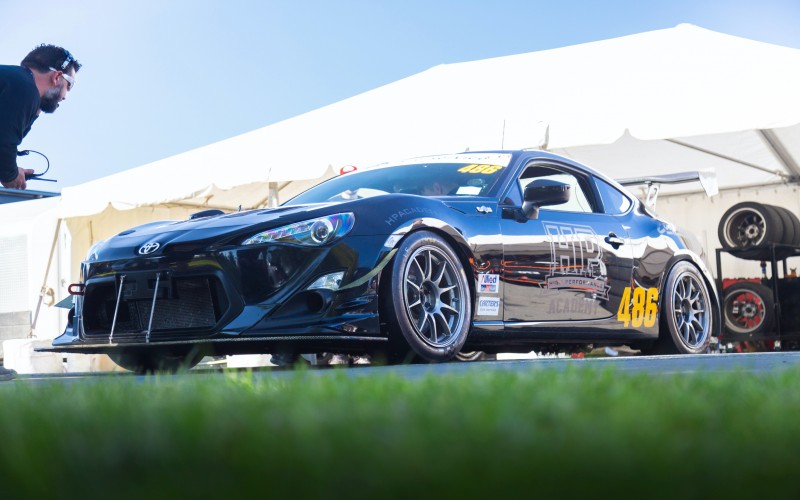CAN Bus communication can seem pretty intimidating. With an abundance of technical terminology thrown at you from a simple Google search, even the thought of learning how it works can be enough to put most people off - but clearly not you.
This article is here to help, and show you that it’s really not as hard as it might appear. It’s a skill you can learn and apply to your project build that will result in a simplified and easier to understand system as a whole.
What is CAN Bus?
“CAN Bus” is actually two separate terms that are joined together. “CAN” meaning “Controller Area Network” and “bus”, which refers to the actual wiring that connect the CAN system.
CAN bus is a network technology that allows various devices and sensors within a system to communicate with each other effectively. What this means is that we can use just two wires (connected to the CAN system) to share a range of different information around our vehicles. This is one of the reasons a CAN bus system is great, as it allows us to save weight, size, and most importantly, money on our wiring harnesses instead of having to use individual wires for each device or sensor signal.
How does CAN Bus work?
CAN bus can seem like a technical topic but as a concept, the way it works is quite simple. Think of a CAN bus network like a group chat for the various systems in a car. Each device/sensor in the car can send and receive messages in the chat (the CAN bus system) and produce a response if the message is specific to them.
Here’s how it works:
- Message:
Within your vehicle, there is a constant stream of information being passed around. These are the messages in the group chat and might contain information like speed, engine temperature, or whether the brakes are being applied or not.
- ID numbers:
Each message has an ID number that corresponds with a specific system or sensor so they can recognise where each piece of information is from and what it relates to.
- Wiring:
All of this information is carried via the CAN bus system — like everyone in the same group chat.
- Communicating:
Each sensor/device within the system is constantly paying attention to the messages being transmitted, so that if a message containing an ID number that it cares about is relayed, it can perform the appropriate response. For example; when fuel starts to run low, the fuel sensor sends out a message, this is then understood by the system and the fuel light on the dashboard is displayed.
- Speed:
This all happens incredibly fast, so although there is a huge amount of information all being relayed at one time, everything happens quickly and smoothly.
That’s the very rudimentary basics of how a CAN bus system works. If you want to dive deeper and gain an in-depth understanding of CAN bus, how it works, and most importantly how you can make it work for you and your specific application, then the CAN Bus Communications Decoded course is a great place to start.
How do you know if your car uses CAN Bus?
Depending on the age of your vehicle there’s a good chance it uses a CAN Bus system. If its model year is later than 2006 then it will be using CAN Bus for diagnostic purposes at the very least but chances are that any model later than 1995 will be using CAN Bus to at least some degree.

Why is CAN Bus used?
CAN Bus was first introduced in 1986, but really became mainstream around the mid-90s and continues to be the norm due to several distinct benefits.
- Standardisation:
What CAN Bus really is, is a protocol standard, which means regardless of whether you’re using aftermarket electronic modules or working with the vehicle's standard OEM, the electrical signals being used are the same.
- Cost:
Prior to CAN bus, each signal and system in your car would have required its own wire but with CAN bus, you can do this with just two wires.
- Bulk, Weight, and Complexity:
This also means you can streamline your wiring harness, making it far less complex and saving weight.

What is the difference between Street vs Motorsport CAN Bus Systems?
Because CAN Bus is a protocol standard it defines what each electrical signal means and how the content of each message should be read. However, it doesn’t define what the actual content of each message is and this is where CAN Bus systems for street vs motorsport can differ.
In motorsport CAN Bus systems that you’ve designed and built yourself, you decide what the content of each message is and how that data is sent and received. On the other hand, when working with an OEM vehicle, you might have to spend time figuring out how the person who made the system decided to set this up. This process is known as reverse engineering.

How to learn CAN Bus even with no prior knowledge.
Learning how CAN Bus works can seem like a daunting task for many enthusiasts but the truth is, with the right guidance it’s not as difficult as it might appear. Plus, because CAN is a standard, once you’ve learned that standard, the knowledge is applicable to all CAN Bus systems and will allow you to set up communication systems using aftermarket electronics or reverse engineer existing systems to work for you.
The CAN Bus Communications Decoded course is the ultimate resource for learning the CAN protocol, allowing you to do everything from setting up a dash display, to reverse engineering parameters from an OEM datastream for your project build.
Get started today risk-free with a 60-day money back guarantee.






